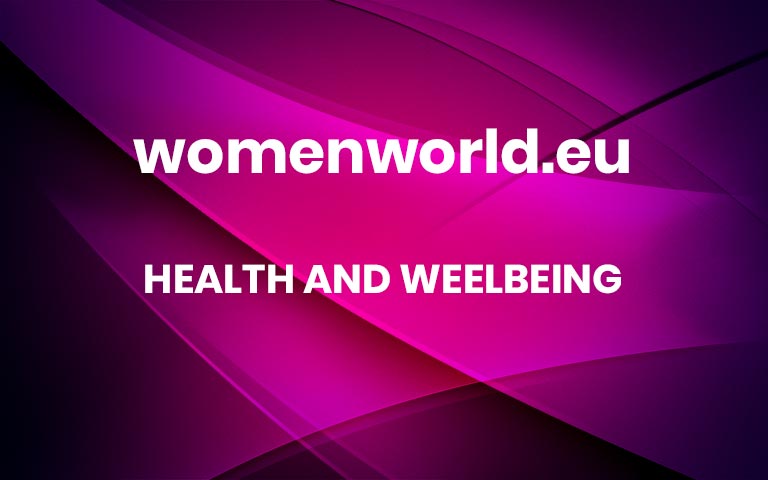Manual vs Electric Toothbrushes: Which Is Better?
When it comes to brushing your teeth, one question tends to always come up: which is better, manual or electric toothbrushes? Experts say they each have their own set of pitfalls and boons.
But what is important is that everyone brushes their teeth twice a day for two minutes each. That’s because the mouth is the gateway to the gut, which in turn impacts your bod’s overall health. Plus, according to the South African Medical Research Council (SAMRC), “Abnormal bacterial communities in the oral cavity have been linked to liver disease, renal failure, cancers, heart disease and hypertension.” Scary stuff indeed.
READ MORE: 5 Morning Routines That Actually Work, According To Science
Why Do Manual Toothbrushes Get A Bad Rap?
Manual toothbrushes are useful for cleaning teeth and play a vital role in good oral hygiene, when done properly. But for many people, using the wrong technique or brushing for too short a time can mitigate the benefits of brushing.
It’s Really Easy To Use Your Manual Toothbrush Wrong
“Often, people do not brush their teeth for long enough with a manual toothbrush or use the incorrect brushing technique – such as scrubbing back and forth with a hard pressure – which may result in tooth abrasion and gum recession,” says Dr Tinesha Parbhoo, Head of Clinical Support Services for the South African Dental Association.
You Need A Certain Amount Of Mobility And Coordination
It can also be difficult to use if you’re a person with limited dexterity in your hands. “Manual toothbrushes also require a certain level of dexterity and coordination for effective use, which may be challenging in people with arthritis,” adds Dr Parbhoo. Added to that, a large brush head can make it difficult to reach the back of the mouth.
READ MORE: 10 Dietician-Approved Lifestyle Changes That’ll Curb Those Uncomfortable IBS Symptoms
The Benefits Of Electric Toothbrushes
“Electric toothbrushes usually have rotating and oscillating heads,” says Dr Parbhoo. “This assists in removing plaque and debris from hard-to-reach areas, which results in an overall reduction in plaque and calculus and improves total gingival health.” New-gen electric toothbrushes have built-in timers that remind you to change quadrants. They also only stop when the recommended two minutes are up. It doesn’t end there:
They’re Beneficial For People With Limited Mobility
Electric toothbrushes do most of the work for you, and are particularly helpful for people with mobility issues such as arthritis or carpal tunnel.
They Could Be Less Wasteful
When it’s time to replace your toothbrush, you only have to replace the head of the electric brush, not the entire item, as you would with a manual toothbrush.
They Have Special Features
Some electric toothbrushes boast special features like built-in timers, different speeds and pressure sensors to ensure you get the most out of your brushing session.
READ MORE: It’s Possible To Reverse Type 2 Diabetes, According To One Woman Who Did It
3 Electric Toothbrushes To Try
Philips 3100 Series
The 3100 Series is an ergonomically designed, lightweight sonic electric toothbrush with a built-in pressure sensor. The bristle vibrations drive micro-bubbles deep between teeth and along the gum line.. Plus, with 31 000 gentle brush strokes per minute this toothbrush will break up and sweep away plaque while protecting your teeth and gums.
Pomadent Pomabrush
This unique brush is soft, sleek and truly aesthetically pleasing. With 15 000 sonic vibrations per minute, you’ll get a superior clean. The brush also comes with your choice of nylon-silicone or silicone bristles, for those with sensitive gums.
What’s extra cool? The nylon-silicone brush head is also infused with charcoal for a deeper clean and this toothbrush is waterproof, meaning you can brush in the shower if that’s your thing.
Oral-B iO Series 5
The small, round brush head makes for easier access to those hard-to-reach areas. Plus, a Smart Pressure Sensor changes colour when you’re brushing too hard or too softly (neat!). But if that’s not enough, A.I. Brushing Recognition recognises your brushing style and guides you to better brushing every day. It then connects to an app with detailed insights.
READ MORE: Could Bed Rotting Be The Answer To Your Self-Care Struggles?
So, Are Electric Toothbrushes Better?
According to experts, the jury’s out. “Many studies report that powered toothbrushes are more effective in removing plaque due to a predefined power and force which can effectively remove plaque, gingivitis and overall bleeding,” explains Dr Parbhoo. “Other studies indicate that manual toothbrushes, when used correctly, are as effective as manual toothbrushes in removing plaque.”
But, one caveat: all these studies only looked at the effectiveness of rotating-oscillating toothbrushes compared to other types of electric toothbrushes on the market.
No matter what you opt for, always remember the golden rule: brush your teeth twice a day for two minutes each time. More


